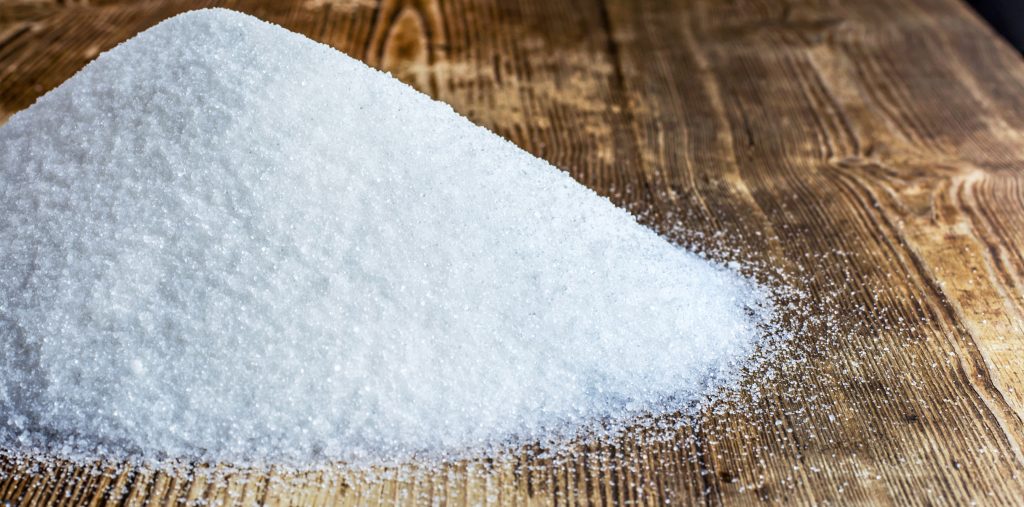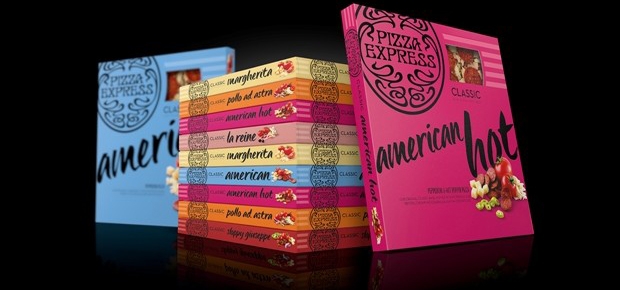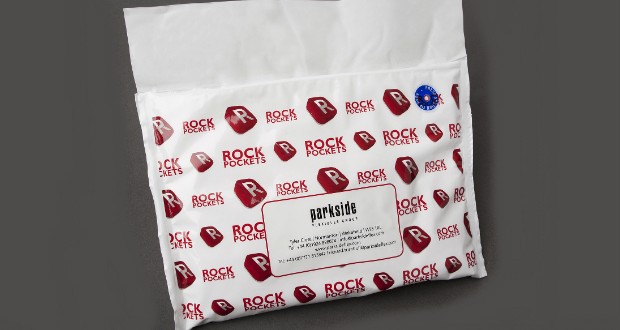Food packaging to be labelled with pictures of teaspoons of salt and sugar to indicate the content of the food, according to a report from the Department of Health.

Food packaging to be labelled with pictures of teaspoons of salt and sugar. Food packaging will be labelled to show how many teaspoons of sugar or salt are being added in a move made possible by leaving European Union, the Department of Health has said.
Amid anger at the decision to water down the Government’s obesity strategy, it has now emerged that officials want to use Brexit to allow “visual labelling” on food products such as pictures of teaspoons of sugar.
There are concerns about how difficult it is for consumers to understand the current “traffic light system”, which assigns either a green, amber or red circle to food packaging according the percentage of fat, saturates, sugar and salt.
Under the new plans consumers would simply see images of teaspoons on packaging to denote how healthy or unhealthy a product is.
In a document on the obesity strategy, officials write: “The UK’s decision to leave the European Union will give us greater flexibility to determine what information should be presented on packaged food, and how it should be displayed.
“We want to build on the success of our current labelling scheme, and review additional opportunities to go further and ensure we are using the most effective ways to communicate information to families.
“This might include clearer visual labelling, such as teaspoons of sugar, to show consumers about the sugar content in packaged food and drink.”
Currently EU rules on trade prevent new labelling techniques to give families a clearer idea about the amount of sugar or salt in household products.
One Whitehall source said: “Brexit gives us a chance to think about how we can better inform people about sugar or salt content.”
It is thought that the Government could force food producers to use the “teaspoons” system with new laws.
It came as experts criticised the Government for “watering down” the obesity strategy.



